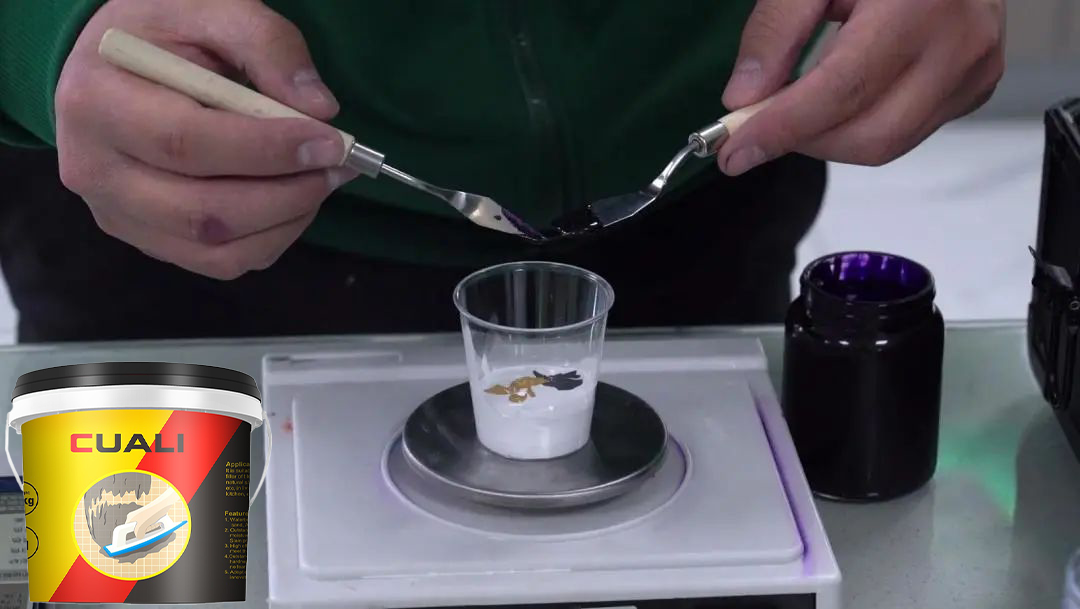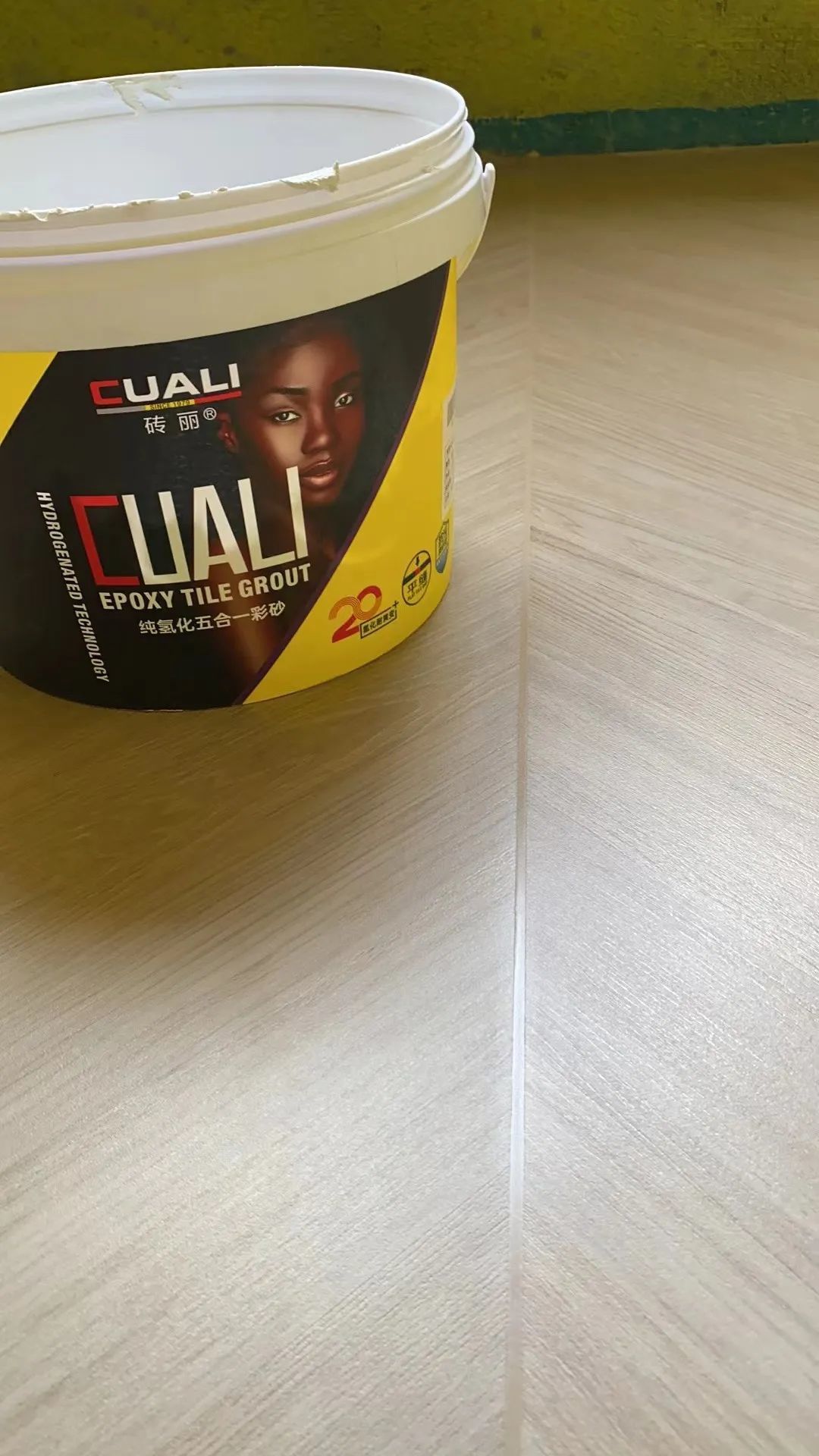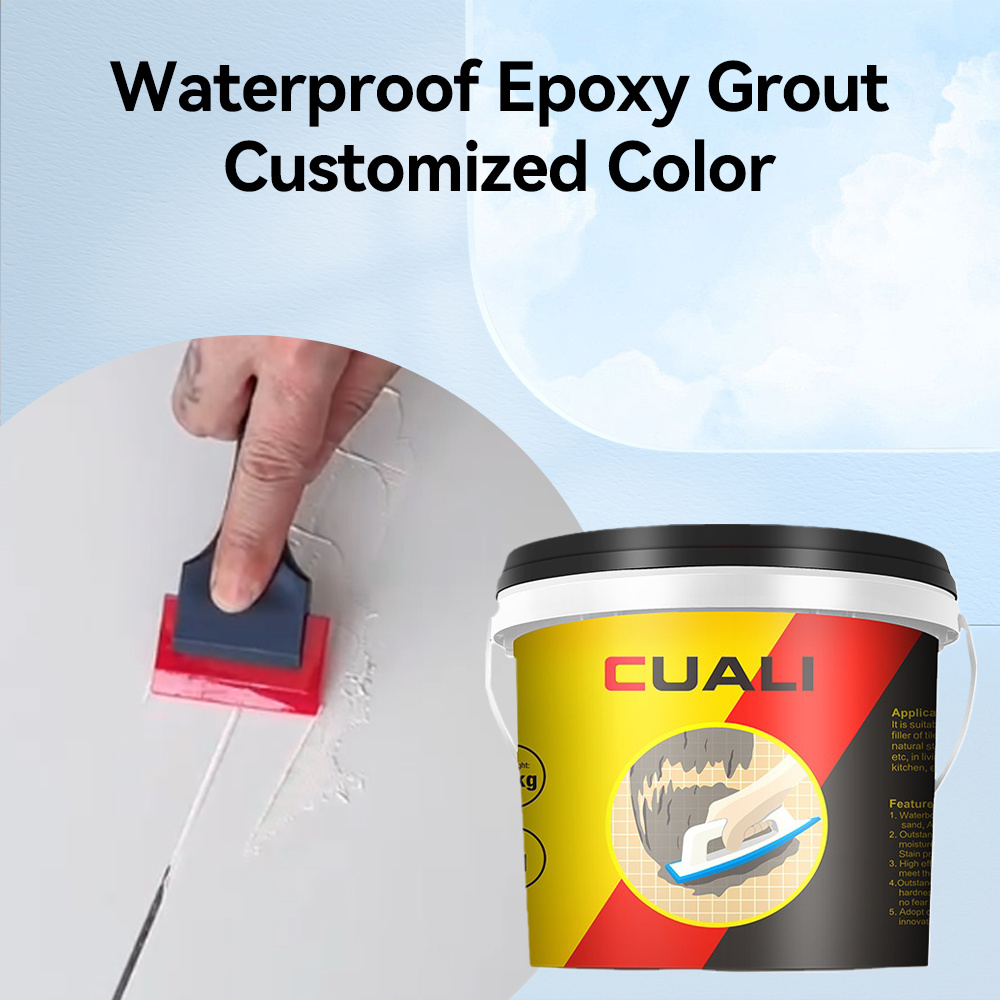
How to Choose Tile Grout Materials? Understand All Grout Options in Minutes
Many homeowners feel confused when choosing grout, especially with terms like "caulk," "epoxy sanded grout," "grout sealant," "hydrogenated grout," and "aspartic polyurea" floating around. It’s easy to get overwhelmed by marketing claims. Today, we’ll break down the key points for choosing grout in the simplest way.
1. Common Types of Grout
- Regular Caulk
Made mainly from cement and lime, it’s cheap but lacks wear resistance, mold resistance, and stain resistance. Over time, it easily crumbles, turns black, and grows mold—hardly suitable for modern homes.
- Regular Epoxy Grout
Made from epoxy resin, it has good water resistance, mold resistance, stain resistance, and a nice appearance. However, its biggest flaw is poor yellowing resistance. Light-colored versions often turn yellow after a few years.
- Hydrogenated Epoxy Grout
The most popular grout type today, it’s an upgraded version of regular epoxy grout. Through hydrogenation, the molecular structure of epoxy resin is modified to greatly improve yellowing resistance.
Notably, CUALI’s pure hydrogenated 5-in-1 colored sand and pure hydrogenated calcined sand meet the 0-level yellowing resistance standard (on par with polyurea). They rarely yellow over time, making them perfect for light-colored tile styles like cream style or wabi-sabi style—creating a high-end, unified look.
- Pure Polyurea Grout
The top choice for yellowing resistance. Made from aspartic ester, it has exceptional UV resistance—far better than epoxy grouts. It’s ideal for balconies, floor-to-ceiling windows, and areas with lots of sunlight.
Note: Polyurea grout requires skilled application. Opt for slow-curing mild polyurea products and professional installers.
2. How to Tell Good Grout from Bad?
Don’t just trust ads—check these standards and details:
- Packaging: Reputable products clearly label "hydrogenated epoxy" or "pure polyurea grout."
- Standards: Look for compliance with GB18583-2008 (harmful substance limits for adhesives) or JC/T 1004-2017 (ceramic tile caulk). Pure polyurea must meet T/CECS 10158-2021 (aspartic polyurea grout standards). Watch out for "fake polyurea"—it’s often just epoxy in disguise.
- Yellowing Resistance: Level 0 is the highest. CUALI’s mild pure polyurea, pure hydrogenated 5-in-1 sand, and high-end pure hydrogenated calcined sand all reach Level 0.
- Eco-Friendliness: Ask for national environmental reports (e.g., China Environmental Label) to ensure low Formaldehyde,benzene, and other harmful substances.
3. Why More People Choose Pure Hydrogenated 5-in-1 Epoxy Sanded Grout?
As home styles lean toward minimalism, cream, and wabi-sabi, grout needs better color stability and yellowing resistance. CUALI’s pure hydrogenated 5-in-1 epoxy sanded grout balances looks, performance, and ease of application—avoiding the yellowing and poor stain resistance of traditional epoxy sand grout. It’s quickly becoming the new mainstream in the grout market.
Summary:
This article explains common grout types (regular caulk, epoxy, hydrogenated epoxy, pure polyurea) and how to evaluate their quality (packaging, standards, yellowing resistance, eco-friendliness). It highlights hydrogenated epoxy grout, especially CUALI’s products, as a top choice for modern home styles.
Time:
2025-08-07
More News
